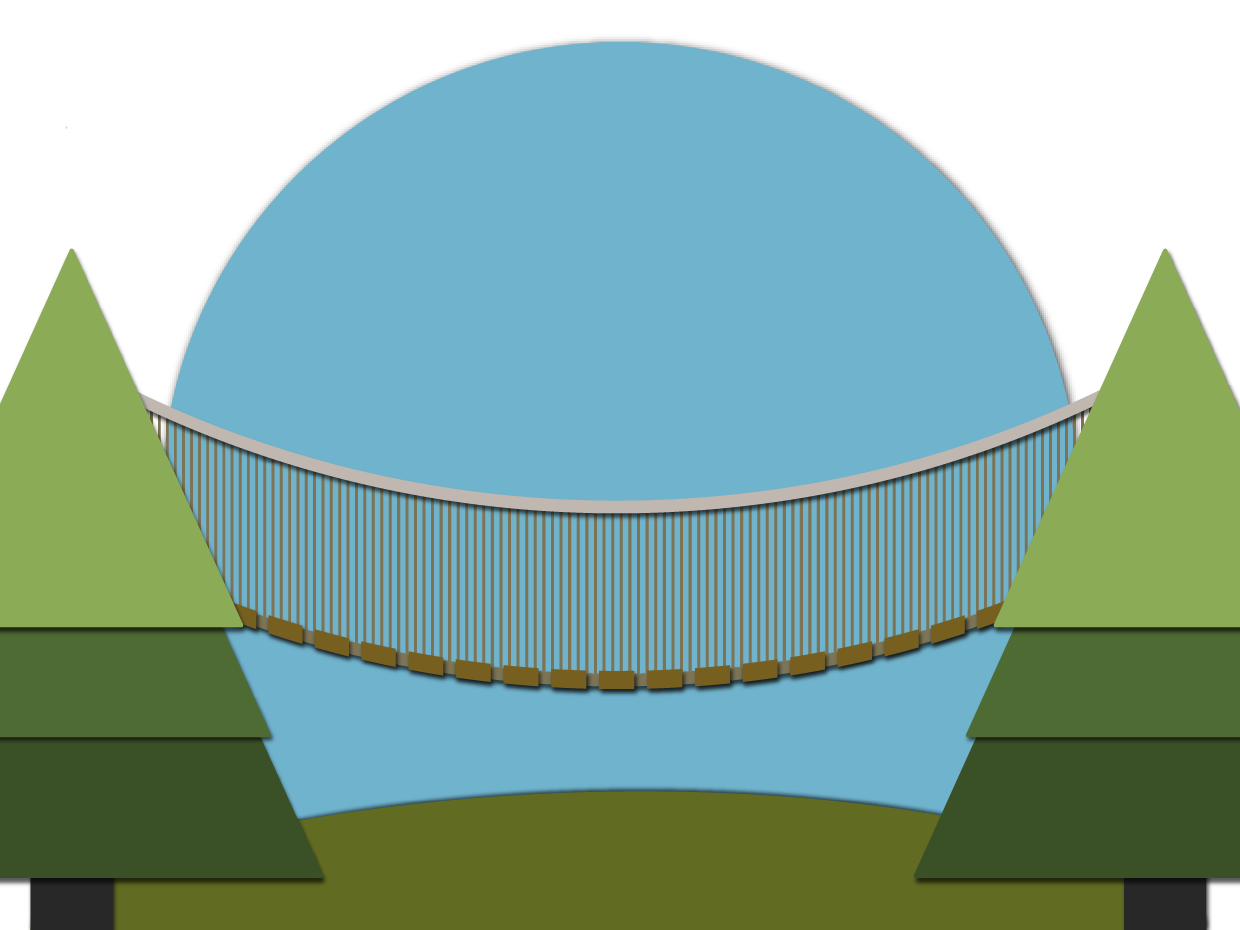Filing your taxes might be one of the most important financial actions you’ll take each year. It can also feel confusing or stressful at times. Find out more about how income tax works, including tax deductions and tax credits, and try our interactive chart to see what tax bracket you are in.
On this page you’ll find
Tax and income
The amount of income tax you pay is based on how much taxable income you have earned that year. Taxable income could include employment income, EI benefits, pension income, and investment income such as interest or capital gains.
If you have regular employment income, then your tax may be deducted directly from your paycheque. This will be shown on your pay stub.
SOME SOURCES OF INCOME THAT ARE NOT TAXED
For example, you don’t pay tax on life insurance proceeds following someone’s death, most gifts and lottery winnings. Learn more about which sources of income that are not taxed.
Identifying your tax bracket
The amount of income tax you owe is calculated when you file your tax return each year. You are required to report your total income to the Canada Revenue Agency (CRA) when you file your tax return. The rate of tax increases as your taxable income increases and exceeds certain amounts, called tax brackets.
Try the interactive chart below to see how your income level may affect your tax rate.
The government sets the tax rates and brackets. They may change from year to year. Find current tax rates.
Watch our video Why open an RRSP to see more on how tax brackets work.
Deductions and credits – what’s the difference?
You can reduce your taxable income and the taxes you pay by taking advantage of deductions and credits.
Tax deductions – reduce your taxable income. Common deductions include RRSP contributions, childcare expenses, and union and professional dues.
Deductions won’t directly contribute to a refund at tax time. However, it is possible they could add up enough to put you into a lower tax bracket, which would mean you will be taxed at a lower rate.
Learn more about what you can deduct.
Tip: If you’re in a higher tax bracket, a deduction will be worth more in terms of tax savings than if you are in a lower bracket. If you are already in a lower tax bracket, then deductions such as RRSP contributions will have less of an impact.
Non-refundable tax credits are amounts that reduce the amount of tax you owe – not from the amount of income you earn. They will not contribute to a refund. This means that if your non-refundable tax credits add up to more than the amount of tax you owe, the result will be that you owe no tax. Examples are: The disability amount, the charitable donation tax credit, and the caregiver amount.
Refundable tax credits do contribute towards a refund, or they might be paid to you in amounts throughout the year. The government will pay you the refundable tax credits you qualify for, whether you owe tax or not. To claim them, you must file a tax return. Examples are GST/HST credits, and the Canada Workers Benefit (CWB).
TAKE ACTION
Tax credits and deductions can lower the amount of tax you have to pay. Remember to claim all the credits and deductions you’re entitled to.
Summary
The amount of tax income you pay is based on the total amount of taxable income you made that year. You should know:
- When filing your taxes, remember to claim all the credits and deduction you’re entitled to.
- The rate at which you are taxed is dependent on which tax bracket you fall under.
- You can claim tax deductions which will reduce your taxable income, non-refundable tax credits which reduce the amount of tax you owe and refundable tax credits that contribute towards a refund.
